Karla Ingleton Darocas is based in Benitachell on Spain’s Costa Blanca. On her website, SpainLifestyle.com , she describes herself as: An educator with a passion to inspire and facilitate a lust to learn. Karla has a BA (Hons), and is also a photographer, author and Spanish Fine Arts Historian. She’s also a self-confessed dog lover, with two rescue dogs, Venus and Mars. Her latest book, Spanish Dogs: The Story of Dogs in Spanish History, Culture and the Arts, is a testament to Karla’s love of dogs, the arts, and all things connected to her adopted homeland, Spain. From the first sentence, I was hooked, because I share Karla’s passion for dogs and Spanish culture. I also firmly believe that once you stop learning, you stop living, and there’s a lot of learning packed into the 70 pages of this book. Don’t let that put you off though – Karla has a wonderful way with words that makes absorbing knowledge a pleasure, and she also has a great sense of humour. Describing how court painters Ve
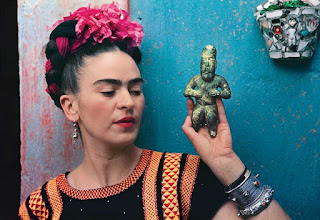


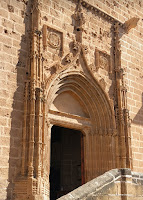




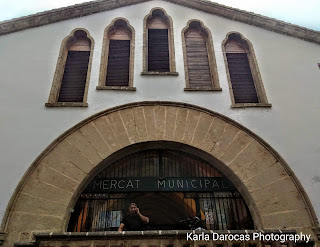




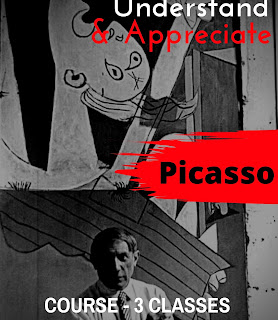


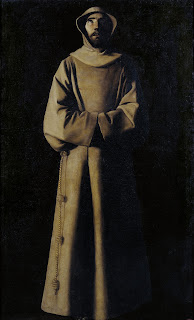
.png)


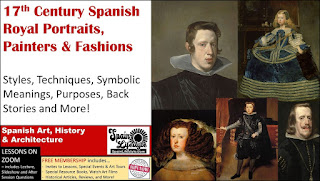

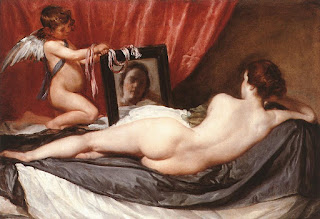


.png)

